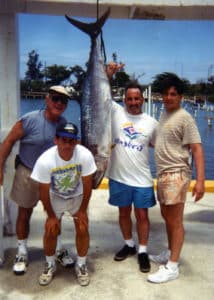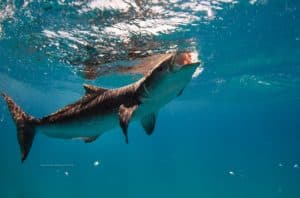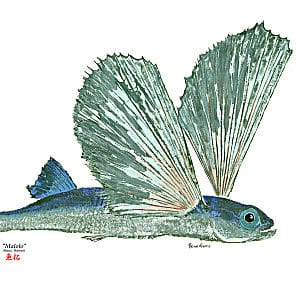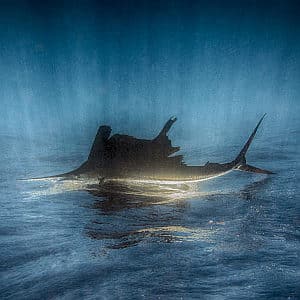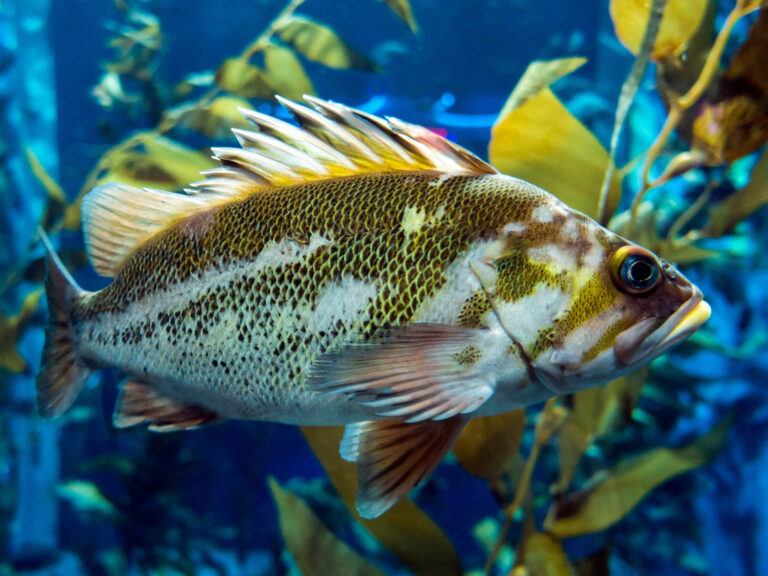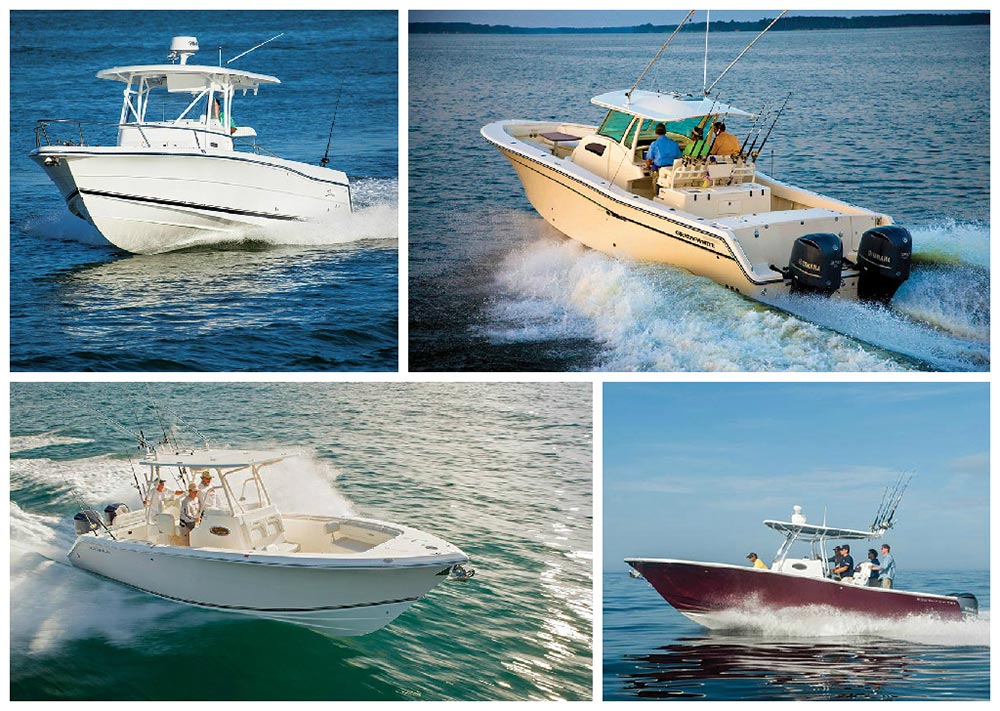
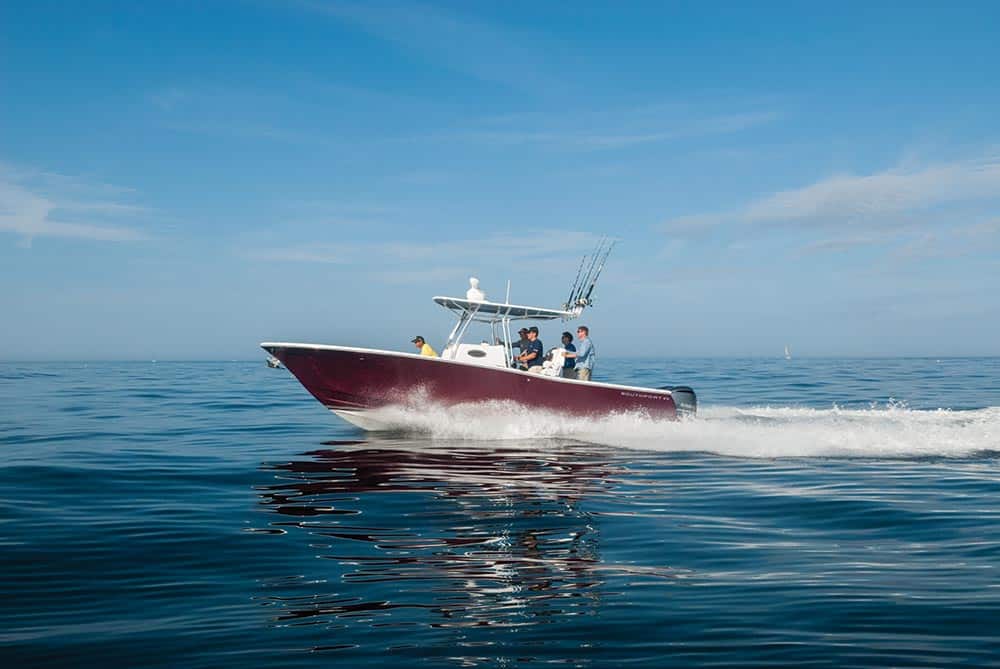
Southport 29 Tournament Edition
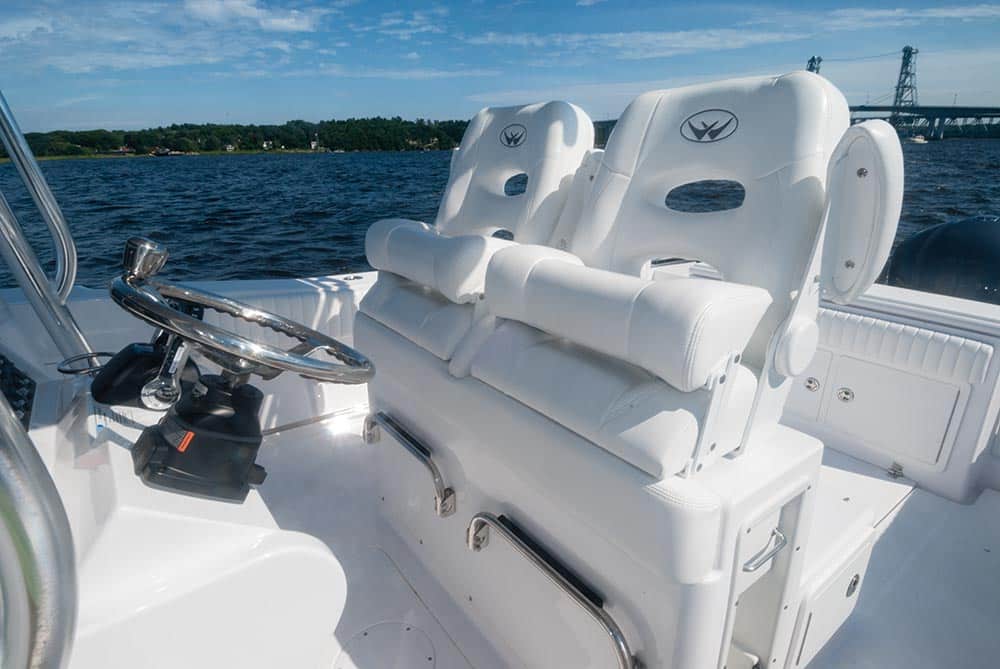
Southport 29 Tournament Edition
LOA: 28 ft. 6 in.
BEAM: 10 ft. 6 in.
TRANSOM DEADRISE: 22 deg.
DRY WEIGHT: 5,800 lb.
MAX POWER: 600 hp Chris Woodward
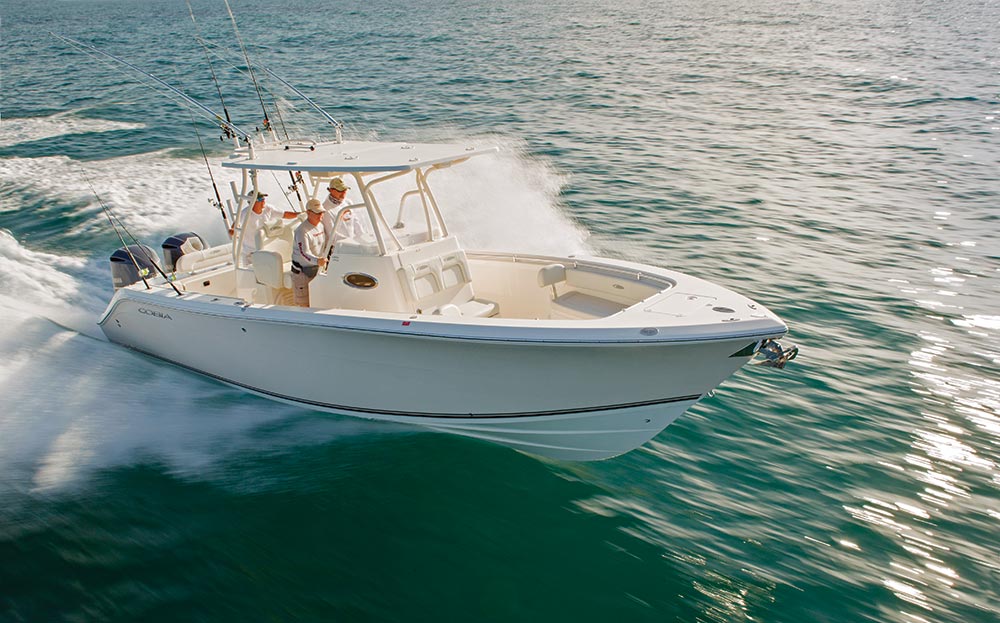
Cobia 296CC
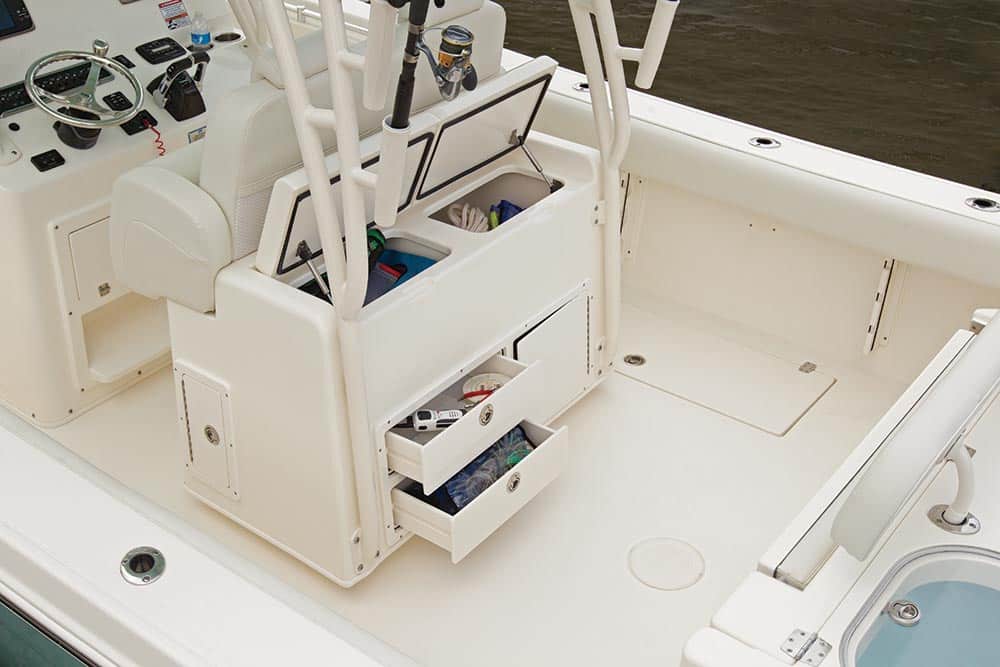
Cobia 296CC
LOA: 29 ft. 7 in.
BEAM: 10 ft.
TRANSOM DEADRISE: 21.5 deg.
DRY WEIGHT: 5,915 lb.
MAX POWER: 600 hp
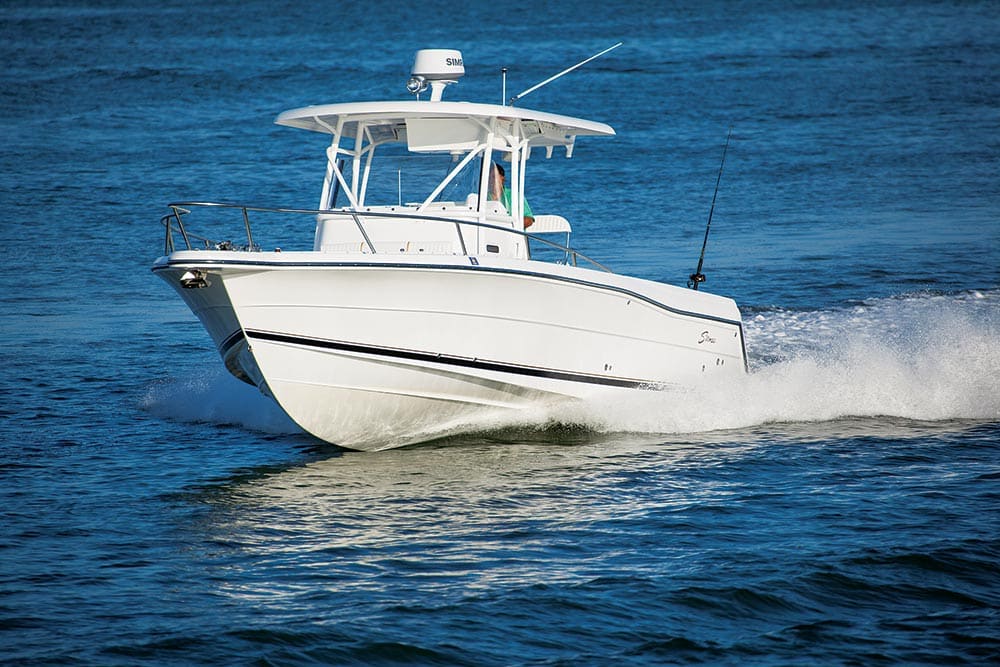
Stamas 326 Tarpon
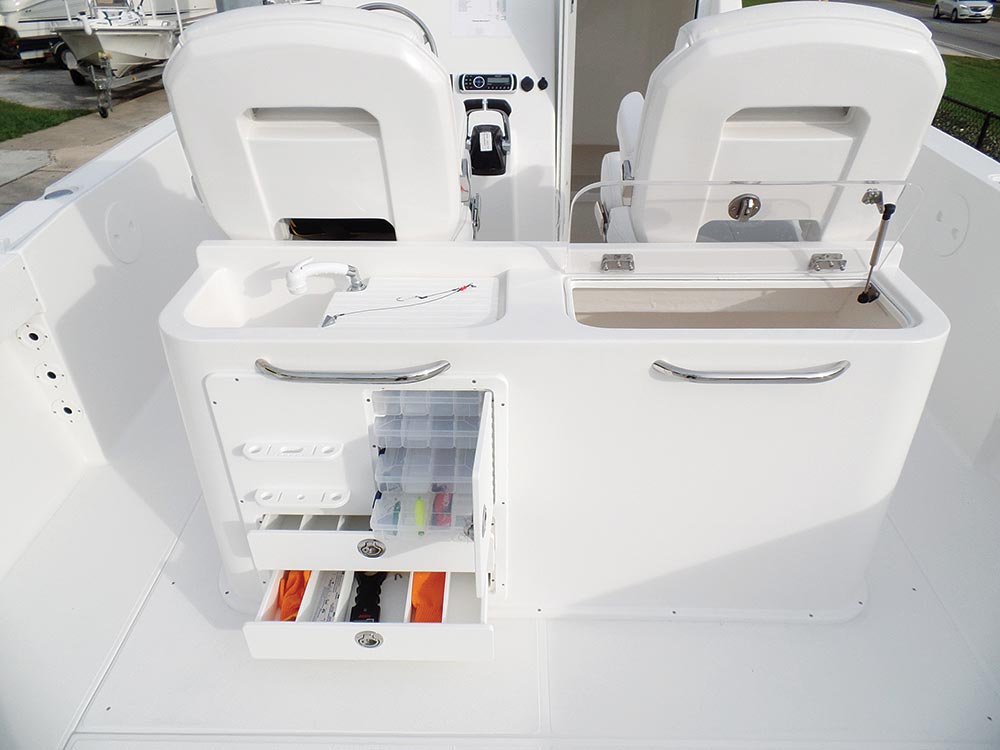
Stamas 326 Tarpon
LOA: 34 ft. 6 in.
BEAM: 11 ft. 2 in.
TRANSOM DEADRISE: 20 deg.
DRY WEIGHT: 9,550 lb.
MAX POWER: 600 hp
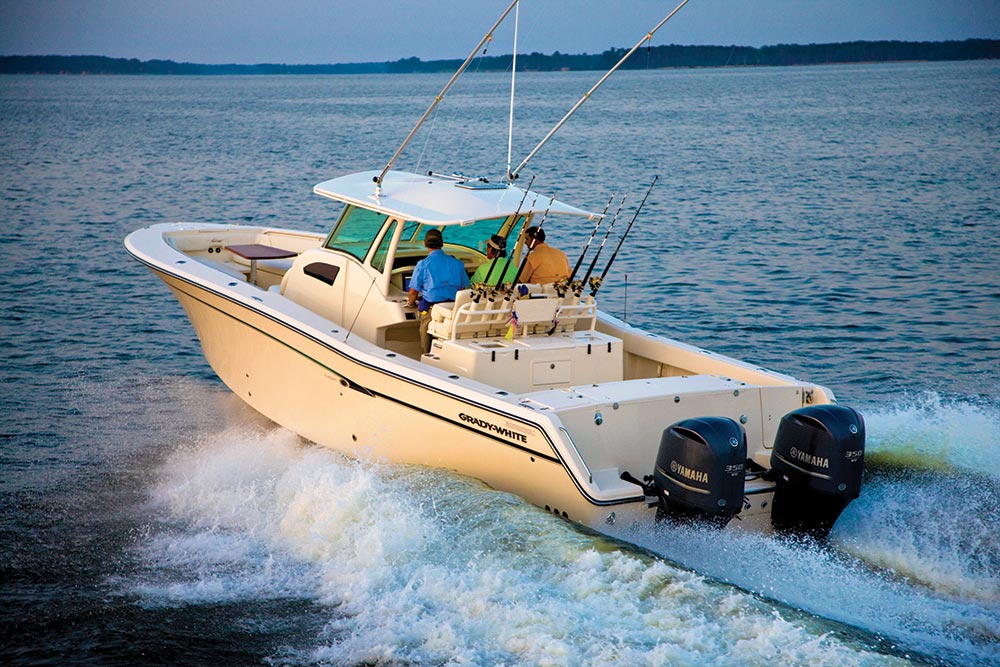
Grady-White Canyon 376
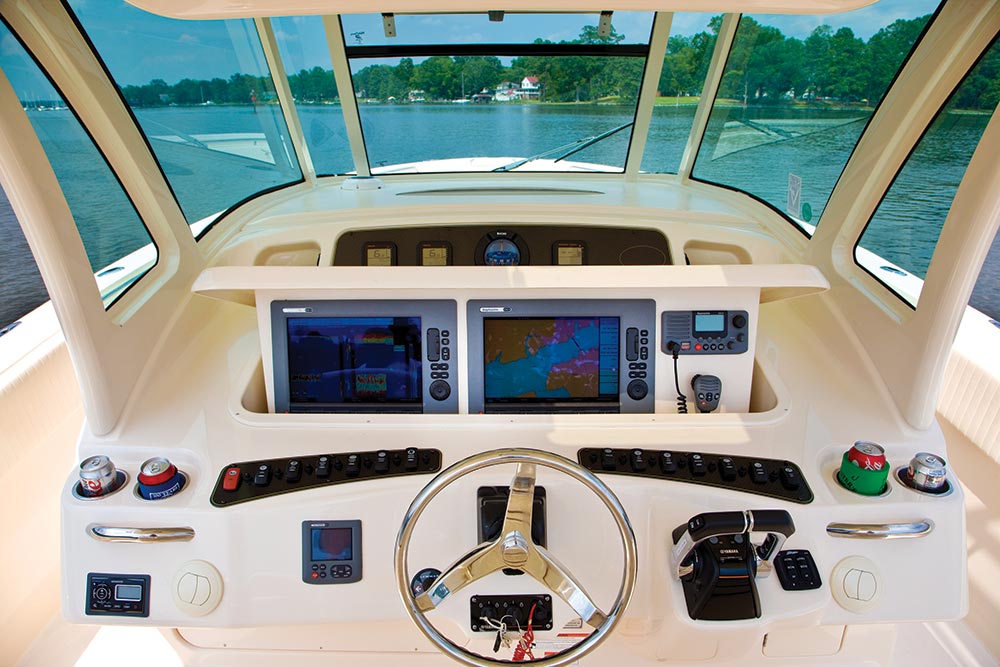
Grady-White Canyon 376
LOA: 36 ft. 7 in.
BEAM: 13 ft. 2 in.
TRANSOM DEADRISE: 20 deg.
DRY WEIGHT: 12,850 lb.
MAX POWER: 1,050 hp

